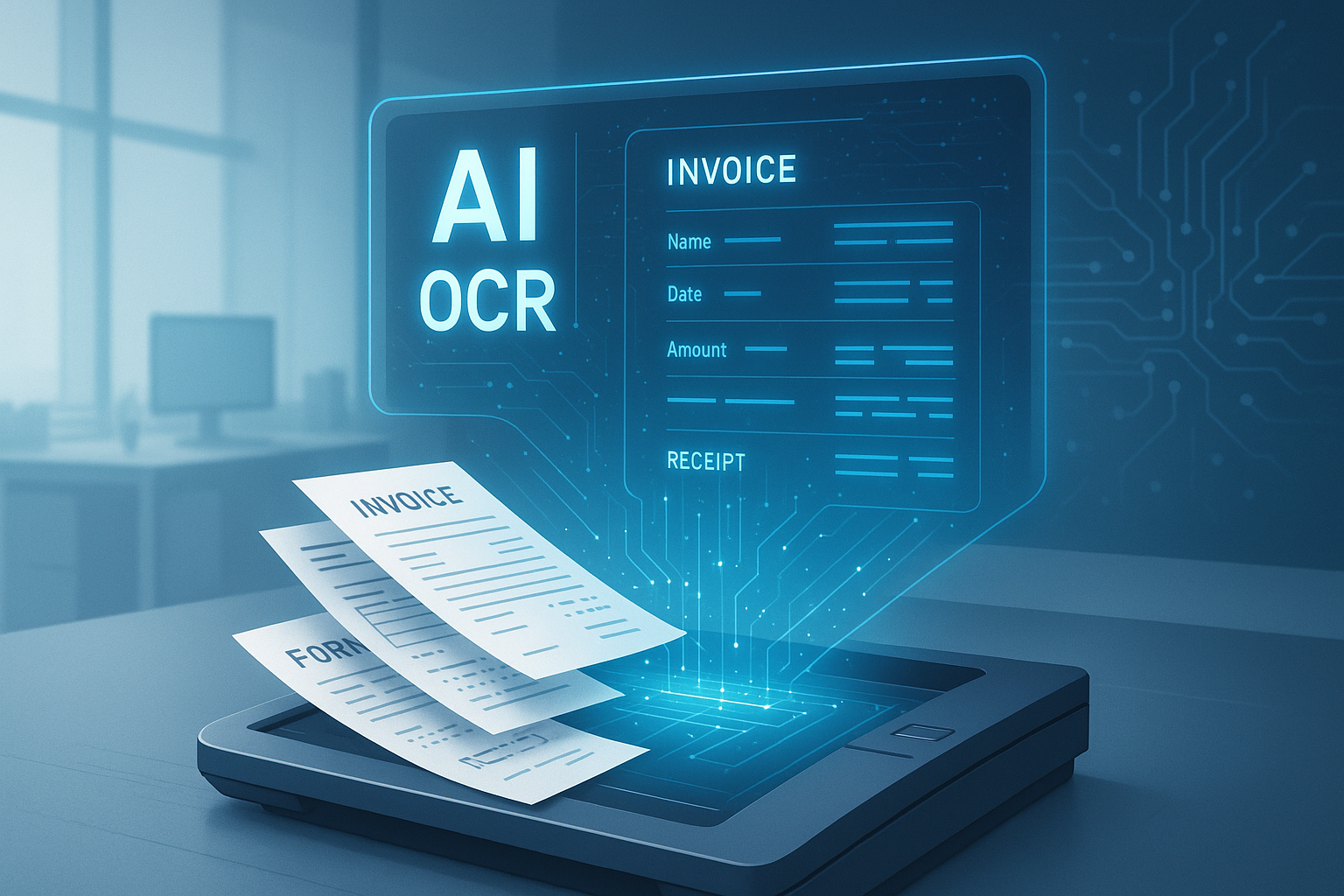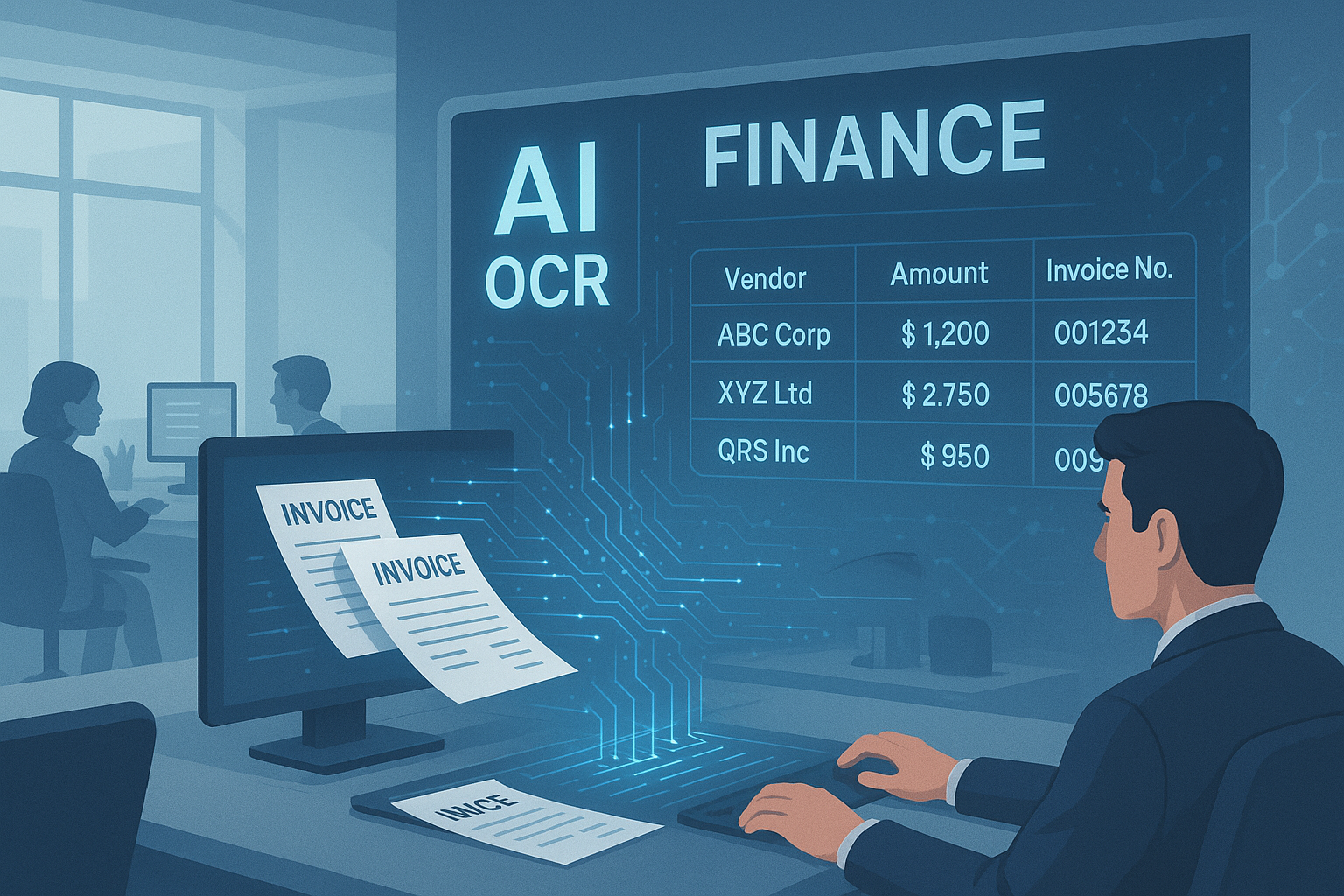Revolutionizing Finance: How Automated Bank Statement Analysis Transforms Lending Decisions
Discover how automated bank statement analysis is transforming financial institutions' ability to process loan applications faster, reduce errors, and make more informed lending decisions through AI-powered solutions.

Table of contents
Automated Bank Statement Analysis: Transforming Financial Decision-Making
In today's fast-paced financial landscape, manual review of bank statements has become an unsustainable bottleneck in lending and underwriting processes. Financial institutions processing hundreds or thousands of loan applications monthly face mounting pressure to increase efficiency without compromising accuracy. This is where automated bank statement analysis enters the picture, revolutionizing how financial data is processed, analyzed, and utilized for critical business decisions.
With advancements in artificial intelligence and machine learning, modern financial institutions are now leveraging sophisticated tools to extract, categorize, and analyze financial data from bank statements with unprecedented speed and accuracy. This technological evolution is reshaping lending operations across the banking sector.
Understanding Automated Bank Statement Analysis
Automated bank statement analysis refers to the use of specialized software and algorithms to extract, process, and interpret financial data from bank statements without manual intervention. This technology combines several advanced capabilities, including optical character recognition (OCR), machine learning, and data analytics to transform unstructured document data into actionable financial insights.
Rather than having staff manually review statements line by line, these systems can process hundreds of statements in minutes, identifying income patterns, recurring expenses, cash flow trends, and potential red flags that might affect creditworthiness. The technology has evolved significantly from basic OCR capabilities to sophisticated AI systems that understand context and improve with each document processed.
The Core Components of Modern Bank Statement Analysis
Intelligent Document Processing
At the foundation of automated bank statement analysis is intelligent document processing technology. Unlike traditional document management systems, intelligent document processing can handle unstructured data and various document formats. The system can recognize bank statements from different financial institutions, each with their unique layouts and formatting.
Advanced intelligent document processing platforms can process PDFs, scanned images, and even photographs of bank statements while maintaining high accuracy levels. This flexibility is crucial for financial institutions that receive documentation in various formats from loan applicants.
Bank Statement OCR Technology
Bank statement OCR (Optical Character Recognition) technology has evolved significantly in recent years. Modern OCR solutions specifically designed for financial documents can accurately extract data even from poor-quality scans or images with varying fonts and layouts.
The best bank statement OCR solutions incorporate contextual understanding, recognizing that certain patterns in documents represent dates, transaction amounts, account numbers, and balance information. This contextual awareness dramatically improves accuracy compared to generic OCR tools not optimized for financial documents.
Financial Data Extraction
Once the document has been processed through OCR, the next critical step is financial data extraction. This involves identifying and categorizing specific data points such as:
- Account holder information
- Account balances (opening and closing)
- Income deposits and sources
- Recurring expenses
- Non-sufficient funds (NSF) charges
- Large or unusual transactions
Advanced systems can even detect patterns that might indicate financial stress, such as declining balances, increasing overdraft fees, or irregular income patterns. This extracted data becomes the foundation for subsequent analysis and decision-making.
AI Bank Statement Analysis: The Intelligence Layer
What truly distinguishes modern automated bank statement analysis is the AI layer that interprets the extracted data. AI algorithms analyze transaction patterns to create a comprehensive financial profile of the applicant. This profile goes beyond simple income verification to provide insights into financial behavior and stability.
For example, AI can identify whether an applicant's income is stable or fluctuating, detect potential income sources not disclosed in the application, and flag potential concerns like gambling transactions or payments to other lenders not mentioned in the application.
The most sophisticated AI bank statement analysis systems can even predict future financial behavior based on historical patterns, providing lenders with a more complete picture of risk than traditional credit scores alone.
Transforming the Loan Approval Process
The integration of automated bank statement analysis into the loan approval process has yielded remarkable improvements in efficiency and accuracy. Traditional manual processes that once took days can now be completed in minutes or hours, dramatically reducing the time from application to decision.
Accelerated Processing Timelines
By automating the most time-consuming aspects of document review, lenders can process more applications with the same staff resources. This acceleration is particularly valuable in competitive lending environments where speed can be a significant differentiator. Borrowers increasingly expect quick decisions, and automated systems help meet these expectations without compromising due diligence.
Enhanced Accuracy and Consistency
Human reviewers, even experienced ones, can miss details when reviewing hundreds of transactions across multiple statements. Automated systems apply the same level of scrutiny to every transaction on every page, eliminating the variability inherent in manual review. This consistency leads to more reliable risk assessments and fairer lending decisions.
Fraud Detection Capabilities
Sophisticated automated bank statement analysis systems include built-in fraud detection capabilities. These systems can identify potential document tampering, inconsistencies between statements, or patterns that suggest fabricated information. By flagging suspicious applications early in the process, lenders can focus additional scrutiny where it's most needed, reducing fraud losses.
Implementation Considerations for Financial Institutions
While the benefits of automated bank statement analysis are compelling, successful implementation requires careful planning and consideration of several factors:
Integration with Existing Systems
For maximum efficiency, automated bank statement analysis should integrate seamlessly with existing loan origination systems, customer relationship management platforms, and document management solutions. This integration ensures a smooth workflow and prevents the creation of new data silos.
Compliance and Security
Financial institutions must ensure that any automated analysis solution complies with relevant regulations regarding data privacy, security, and fair lending. The best solutions include robust security features and maintain detailed audit trails of all processing activities.
Training and Change Management
While automation reduces manual work, it doesn't eliminate the need for human oversight. Staff need training to interpret system outputs, handle exceptions, and understand when manual review might be necessary. A thoughtful change management approach helps ensure successful adoption and appropriate use of the technology.
The Future of Finance OCR Software in Banking
As finance OCR software and AI technologies continue to evolve, we can expect even more sophisticated capabilities in automated bank statement analysis. Future developments may include:
- Real-time analysis of transaction data through direct bank connections
- Enhanced predictive analytics for more accurate risk assessment
- Greater automation of exception handling
- Expanded capabilities for analyzing complex business financial statements
Financial institutions that embrace these technologies now will be well-positioned to adapt as the technology landscape continues to evolve.
Conclusion
Automated bank statement analysis represents a significant advancement in financial technology, offering substantial benefits in efficiency, accuracy, and risk management. By leveraging intelligent document processing, bank statement OCR, and AI-powered analysis, financial institutions can transform their lending operations while improving the customer experience.
As competition in lending markets intensifies and customer expectations for rapid decisions grow, the adoption of automated bank statement analysis is increasingly becoming not just an advantage but a necessity for forward-thinking financial institutions. Those who successfully implement these technologies will be rewarded with streamlined operations, better risk management, and improved customer satisfaction.
Related Blog Posts

Revolutionizing Document Management with OCR Technology
Explore how AI-powered OCR technology transforms document management by digitizing text, streamlining workflows, reducing errors, and boosting efficiency across industries.

Smarter Invoice Processing: The OCR Advantage for Finance Departments
Learn how OCR technology revolutionizes invoice processing for finance departments by automating data extraction from invoices, reducing costs, and boosting accuracy. This guide covers OCR's benefits, AI enhancements, and practical steps to transform accounts payable operations

OCR APIs: The Secret Weapon Smart Finance Teams Are Using Right Now
Discover how OCR APIs transform finance teams by automating data entry from receipts and invoices, cutting processing time by up to 85%, and boosting accuracy to 98%. This guide shares real-world insights for modernizing financial workflows.
Ready to Transform Your Lending Process?
See how DocsAPI's AI-powered industry classification can help you process loans faster, improve accuracy, and scale your operations.
